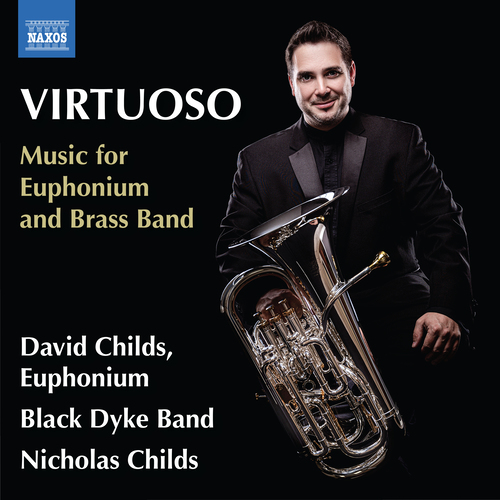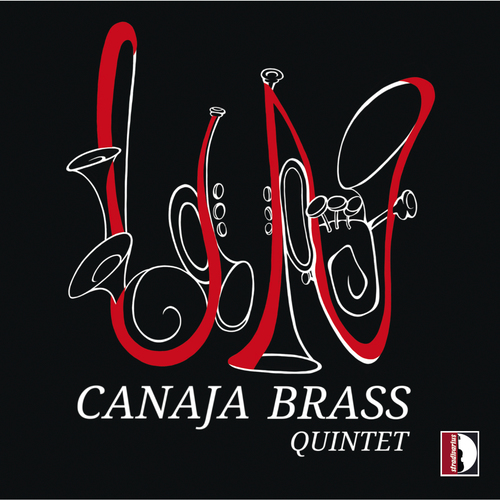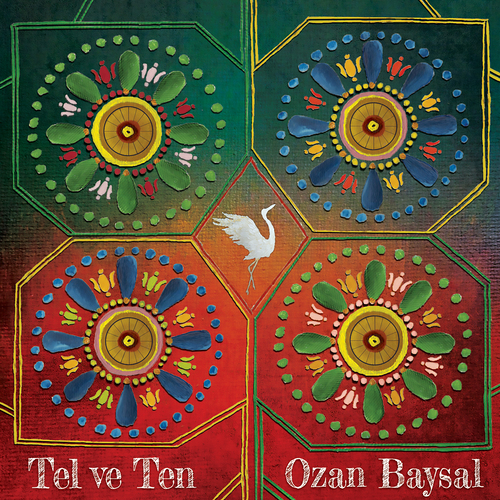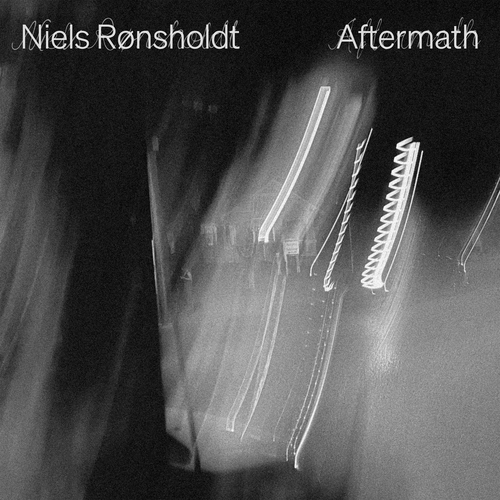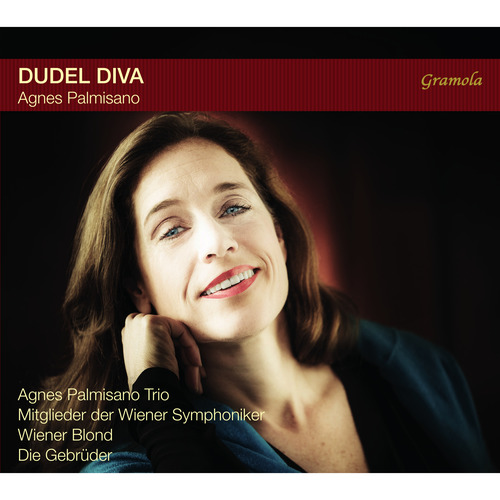In addition to its own wide-reaching monthly new releases (see www.naxos.com/newreleases.asp), Naxos also distributes several leading labels in many countries around the world. Here is a choice selection of recent releases from some of these distributed labels.
Opus Arte – 26 Years of Bringing the Stage to Screens Worldwide
Founded as an independent label in 1999, Opus Arte is an award-winning provider of classical music and theatrical content, releasing around 25 titles per year on DVD, Blu-ray, CD, TV, and online. Opus Arte is proud to be associated with many of the world’s finest arts organisations, including the Royal Opera House, Glyndebourne, Dutch National Opera & Ballet, Teatro Real, Shakespeare’s Globe, and the Royal Shakespeare Company.
The world-renowned Royal Shakespeare Company presents the most complete collection of Shakespeare’s plays to be captured in widescreen. Filmed onstage in Shakespeare’s hometown of Stratford-upon-Avon, this collection of contains 35 unforgettable dramas, with iconic performances by leading actors.
From David Tennant’s ‘mesmerising’ Richard II (Guardian) and Paapa Essiedu’s ‘utterly engaging performance’ as Hamlet (Times), to Josette Simon delivering ‘a Cleopatra to die for’ (Observer), and Sir Antony Sher’s King Lear being hailed as ‘a crowning achievement in a major career’ (Telegraph), this special collection showcases British theatre at its finest.
Pre-Order – Available in May 2025
A 3-disc box set showcasing acclaimed productions by The Royal Ballet’s resident choreographer Wayne McGregor.
In Chroma, Infra and Limen (2008), McGregor pursues his passion for exploring the inner workings of the human body and mind, his many-layered and beautiful dances providing visual, sensual and kinaesthetic stimulus for the viewer.
Woolf Works (2017), McGregor’s first full-length work for The Royal Ballet, recreates the synaesthetic collision of form and substance in the writings of Virginia Woolf. The three acts springs from Woolf’s novels Mrs Dalloway, Orlando, and The Waves, enmeshed with elements from her letters, essays and diaries.
The Dante Project (2021) realises Dante’s epic journey through the afterlife in The Divine Comedy, combining McGregor’s groundbreaking choreography with a virtuosic new score by Thomas Adès and designs by the renowned artist Tacita Dean. This world premiere recording also marked the final production starring acclaimed dancer Edward Watson, after 27 years with the Company.
This release continues our exploration of rarely performed or recorded symphonic works by Miklós Rózsa, composer of the renowned film score for Ben-Hur. The programme comprises his Rhapsody for Cello, in which the young composer found his true style; his Notturno ungherese (a nostalgic night piece, harking back to the memories of my childhood in Hungary); and the late Sinfonia concertante for violin and cello, a fiendishly difficult work that is among Rózsa’s finest, least filmic concert works, and one of his most underrated. It was legendary cellist Gregor Piatigorsky and violinist Jascha Heifetz who instigated its composition, but they never went on to perform it. The soloists on this recording are cellist Harriet Krijgh and violinist Nikita Boriso-Glebsky.
Benjamin Schmid has long been regarded as one of the most versatile violin virtuosos of our time, effortlessly bridging the worlds of classical music and jazz. Following his album Jazz Violin Concertos, Schmid teams up with the Salzburg Wind Philharmonic, conducted by Hansjörg Angerer, for a thrilling performance of works by Friedrich Gulda and Kurt Weill.
Gulda’s Concerto for Violoncello and Wind Orchestra (in a violin version here), premiered in 1981 at the Vienna Konzerthaus, ushered in a new era of musical freedom. The piece blends elements of pop music, yodelling themes, brass bands from the Salzkammergut, Kirtag brass, swing, funk, and free-jazz, creating a vibrant and captivating work that leaves audiences moved with its infectious cheerfulness and joie de vivre.
Kurt Weill’s Violin Concerto, Op. 12, premiered in 1925, marks his breakthrough as a composer. In Weill’s oeuvre, this piece represents the height of his avant-garde period, with harmony reflecting his admiration for Arnold Schoenberg, formal structures influenced by Ferruccio Busoni, and rhythmic elements reminiscent of Paul Hindemith. Complementing these works are two pieces for solo violin – For Fritz (dedicated to Fritz Kreisler) by Benjamin Schmid and Kurt Weill’s Youkali – which add a personal touch to this exceptional performance.
This recording showcases three new evocative works by GRAMMY Award-winning American composer Michael Daugherty, exploring the triumphs and tragedies of flight. Blue Electra is a dramatic violin concerto inspired by the sensational life and mysterious disappearance of aviation pioneer Amelia Earhart in 1937. Last Dance at the Surf is a one-movement dance symphony for orchestra that reflects upon rock ’n roll legend Buddy Holly’s final performance in 1959 at the Surf Ballroom in Iowa and his tragic death in a plane crash just hours after his show. To the New World for orchestra celebrates the triumphant Apollo 11 moon mission in 1969 and Neil Armstrong’s historic moonwalk. Under the baton of GRAMMY Award-winning conductor David Alan Miller, the Albany Symphony is joined by GRAMMY Award-winning violinist Anne Akiko Meyers, who performs Blue Electra with electrifying musicality and emotion.
Goffredo Petrassi’s reputation was established in 1932 when his Partita (available on Naxos 8.572411) won critical acclaim. Petrassi then composed his Concerto for Orchestra, the first of eight, which, upon its 1935 premiere, secured his reputation outside of Italy. The Second Concerto from 1951 reveals more avante-garde tendencies, while the Third Concerto from 1952–53 is animated and playful.
The works collected here, written for various orchestral settings, with or without voice, offer a solid, though not exhaustive, representation of Matteo D’Amico’s distinctive place on the contemporary compositional horizon. His works showcase a unique ability to fuse thought with musical matter, gesture with form, and sound with meaning. This thread runs through his extensive catalogue, always conveyed with strong conviction and striking results.
One hallmark of D’Amico’s style is the recurring opening passage, almost like an author’s signature, that often introduces his works. It sets the stage, pauses, listens to the voices of fellow travellers, and then resumes the journey. This is evident in Le creature di Ade (The Creatures of Hades), a ‘concert ouverture’ composed in 2004 and dedicated to Daniele Gatti, its first conductor. The title references Beethoven’s The Creatures of Prometheus, written for a choreography by Salvatore Viganò.
The work evokes the darkness of Hades, the terrifying depth of its abysses, and the fear experienced by those who dare to cross it. This sense of anxious waiting allows a more hopeful trace to emerge – an anticipation that builds as the journey unfolds. The work culminates in a sudden burst of lively rhythm, leaving the listener breathless, while within the structure of the classically arranged orchestra, the colours of the saxophone and the dynamic variety of percussion come to the fore.
‘The Fifth is a cursed piece. Nobody understands it,’ said Gustav Mahler in March 1905 after a performance of his Fifth Symphony in Hamburg. He had been working on his new symphony for almost three years before it premiered on 18 October 1904, in Cologne, with the Gürzenich Orchestra and Mahler himself conducting.
To many of his contemporaries, the work seemed too bold, too radical – perhaps also insufficiently explained, given that programmatic explanations had been added to the so-called ‘Wunderhorn’ Symphonies Nos. 2 to 4. Not only the number and the order of the movements seemed new, but stylistically Mahler also broke new ground with his Fifth. But now, all at once, his musical language changed, a transformation that evidently gave him some unease later. Shortly before his death, he made corrections to the instrumentation. Today the work is considered the beginning of his new creative phase, which culminated in his Ninth Symphony and it’s one of his most popular symphonies.
Fazıl Say’s gifts as a ground-breaking pianist are allied to the breadth of his compositions. The Violin Concerto No. 2 was composed in the midst of the Covid-19 lockdown during which Say was enchanted by the colours and textures of sunrises while walking on the beach, inspiring this atmospheric work. Leopards is a vivid piece for string sextet that utilises Say’s unique melodies and rhythms. The Sonata for Solo Violin is an expressive tribute to the noted Turkish violist, Ruşen Günes, while String Quartet ‘Divorce’ relates the experience of separation and the failure of a relationship with the language of music.
26 Little Deaths – the new album from composer, singer, and violinist Carla Kihlstedt and the contemporary ensemble Present Music – celebrates the macabre wit of iconic writer and illustrator Edward Gorey (1925–2000), whose 100th birthday fell on 22 February 2025. The album is an hour-long set of 26 miniatures for singing violinist and chamber orchestra, inspired by Gorey’s macabre children’s book, The Gashlycrumb Tinies. Following in the footsteps of Hanns Eisler and Kurt Weill, who moved seamlessly between art song, pop song, and cabaret, Kihlstedt has created a work that captures the pathos, humour, and wit of Gorey’s indelible images.
Mario Castelnuovo-Tedesco always remained faithful to a tonal musical language. He is mostly known today for his guitar works, but his output is much richer and more varied than is widely appreciated. Castelnuovo-Tedesco selected Heinrich Heine’s more ironic poems in the three collections recorded here, adding light-hearted quotes from Schumann and Verdi in his cycle The Stories of Joseph. Also included are unpublished songs such as La canzone di Usigliano with its references to Tuscan folk songs, and the Three Sonnets from the Portuguese, which reflect the romantic and dreamy character of texts by Elizabeth Barret Browning.
Handel composed his oratorio La Resurrezione in 1707 with a libretto that provided a dramatic canvas for his new work: lamentation on Christ’s death contrasted with violent exchanges between the Angel and Lucifer. It inspired the young Handel to compose music of lavish richness and expressive drama. In this historically informed performance, conductor Attilio Cremonesi has done extensive research into the work’s 1708 premiere in Rome.
This new album by the award-winning Latvian Radio Choir, conducted by Sigvards Kļava – recently hailed by The New York Times as ‘astonishing,’ ‘superlative’ by BBC Music Magazine, and ‘perhaps the finest chorus singing today’ by NPR – focuses on the sacred choral works of one of the greatest composers of the Romantic era, Felix Mendelssohn (1809–1847).
Although the young Felix Mendelssohn was not raised in any faith until the age of seven, when he was baptised into the Reformed Christian Church in Berlin, Christian traditions played a significant role in his creative makeup. Writing sacred choral works was, after all, a natural choice for Mendelssohn, the man who did so much to champion the works of Johann Sebastian Bach and who had also rediscovered Bach’s St. Matthew Passion.
An unforgettable journey through one of the most powerful musical depictions of desolation, Winterreise was originally composed for the tenor voice, but has been frequently transposed to accommodate the whole gamut of vocal tessituras.
Danish bass-baritone and musical scholar Jakob Bloch Jespersen has mastered a range of repertoire from Schütz to Schierbecks and well into the 21st century. His burnished resonance and restrained sensitivity are perfectly suited to this existential Schubertiade. He is joined by fortepianist Sharon Prushansky, a specialist in Classical and early Romantic repertoire, who brings out the full range of expressive Affekt on Robert Brown’s 2015 instrument – modelled after an original fortepiano by Jakob Bertsche (ca. 1810–1815). Particularly striking are the instrument’s six pedals, which serve the purpose of changing the quality and colour of the sound, including the distinctive ‘bassoon stop.’
This legendary musical work has been interpreted countless times, yet Göteborg Baroque brings something new to the table. Recorded in Årstads kyrka outside the Swedish town of Falkenberg, artistic director Magnus Kjellson and his ensemble offer an intimate and genuine rendition of Membra Jesu Nostri, delivered with the unmistakable quality for which the group is renowned: a vivid sense of presence, as if the listener is in the room with the musicians, even though it’s a recording. Göteborg Baroque is pleased to share a most human and heartfelt interpretation of one of the most wondrous works in music history.
With his first stage work Le Villi, the young Giacomo Puccini instantly struck a chord with his contemporaries. His unerring instinct for deeply moving melodies made him a beacon of hope for a new generation of Italian opera composers. In this ‘opera ballo’ he masterfully set to music the gruesomely beautiful legend of an unfaithful fiancé who is killed by the frenzied dance of the ‘Willis’ – elemental spirits haunting the Black Forest. On October 13, 2024, a few weeks before the centenary of the composer’s death on November 29, the Munich Radio Orchestra presented a concert performance of the two-act version of Le Villi at the city’s Prinzregententheater. Anita Hartig, Kang Wang, and Boris Pinkhasovich performed the solo parts, the Bavarian Radio Chorus sang, and the Munich Radio Orchestra played under its chief conductor, Ivan Repušić. To mark the 100th anniversary of the great Italian composer’s death, BR-Klassik is now presenting the live recording of this extraordinary concert.
Huang Ruo is a multi-talented and award-winning Chinese-American composer, conductor, and conceptual artist. He is renowned for his inventive and seamless combination of Chinese and Western influences, creating a compositional technique he calls ‘dimensionalism’. In the opera Book of Mountains and Seas, Huang Ruo has taken the awe-inspiring imagery of four traditional Chinese creation myths and transformed their truly remarkable landscapes and creatures into vibrant music and drama. The work ultimately expresses the creation of the universe and the power of nature over destruction, including a warning of mankind’s responsibility to care for the environment.
Multiple GRAMMY-winning Third Coast Percussion (TCP), praised by NPR for championing ‘borderless music’ and ‘blurring musical boundaries,’ celebrates its 20th anniversary in 2025 with Standard Stoppages, an album inspired by pioneering conceptual artist Marcel Duchamp’s idea of twisting standardised units, with works that redefine rhythmic structures and sonic possibilities.
Reflecting on two decades – or a ‘score’ – of music-making, the anniversary gives TCP the space to reflect on their many milestones, collaborations, and steps along the journey that have shaped their work over the years, inspiring the group to commission new works for the occasion.
This diverse set of commissions makes for a colourful sonic palette of percussive ensemble works, ranging from Zakir Hussain’s traditional Hindustani influence to Musekiwa Chingodza’s Zimbabwean song to Jessie Montgomery’s western contemporary approach.
Drawing from Duchamp’s Three Standard Stoppages, TCP’s 7th recording for Cedille Records invites reflection on the varying paths that lead to unique creative expressions, both for themselves and their collaborators.
Since its inception, the Le Beau Ensemble has specialised in the works of the composer from whom it takes its name, Luise Adolpha Le Beau (1850–1927). Le Beau left behind more than 65 works with opus numbers in almost all genres: songs, choral music, piano pieces, chamber music, symphonic works, a piano concerto, two oratorios and the fairy tale opera The Enchanted Caliph. This debut album features songs with chamber accompaniments alongside the programme’s major work, the Piano Quartet, Op. 28.
Positioned between Southern Europe and North Africa, Malta has long been an artistic crucible that forms one of the Mediterranean’s most significant cultural crossroads. With its intense pianistic colours, Charles Camilleri’s African Dreams explores that continent’s native rhythms and melodic lines, while Carmelo Pace and Carlo Diacono look towards the worlds of Liszt and Chopin. Josie Mallia Pulvirenti’s rarely heard Impressione Sinfonica is a concert masterpiece of virtuosic majesty, steeped in the piano’s Golden Age. Award-winning Maltese pianist, Charlene Farrugia, has done extensive research into the life and work of composers from her homeland.
‘Ever since I was little, Johann Sebastian Bach has meant music to me. At home, my mother often played both books of preludes from Bach’s Well-Tempered Clavier. The first time I met my teacher, Mithat Fenmen, in 1946, I played some of these pieces for him by ear. Once our lessons began, working with him became a source of joy. Occasionally, as a reward, he would let me listen to Bach’s music.
One of the most memorable experiences was hearing Edwin Fischer’s recording of the Prelude and Fugue No. 12 in F Minor from Book II. After one lesson, I listened to it on a 78-rpm record and was completely fascinated. When I got home, I was able to play the prelude from memory. But although I could hear the different sounds of the fugue in my head, I could not play it well with my technique at the time.’ – Idil Biret Notes on Bach 2015
Yasunori Imamura presents the second instalment of Bach’s Cello Suites arranged for theorbo (Volume 1 is available on 8.574617). The theorbo is the most important plucked instrument in the lute family, with a range very similar to the cello. Certain technical elements, such as the playing of arpeggios are, in fact, easier on the theorbo whose unique timbres bring a new sonic quality to the performances heard here. These elements are most evident in Suite No. 6, composed for a cello with five strings, but which sounds totally idiomatic when played on the theorbo.
Throughout her career, the world has come to know Heghine Rapyan as a pianist. With this album, she takes a bold step forward to present herself not only as a performer, but also as a composer – sharing something deeply personal and unique with the audience: her own compositions.
For the artist, composing a piece is like capturing a wondrous moment of creation – a fleeting moment in which inspiration takes shape and is transformed into music. These moments come to her unexpectedly, often without warning. You can never predict when this magic will happen, but Heghine Rapyan has learnt that the key is to capture it immediately, before it fades away.
This collection of eight pieces represents the pinnacle of the pianist’s artistic career. Each work gives an insight into a moment of inspiration and reflects her emotions, thoughts and dreams. Brought to life by the piano, interwoven with instrumental accompaniment, these compositions create a soundscape that is both intimate and expansive.
This recording is her gift to the world – a testament to the power of music and the magic of creativity. Each piece tells a story, evoking images and emotions that will hopefully leave a lasting impression.
Yuval Noah Harari’s Sapiens, first published in Hebrew in 2011, and in English in 2014, is justifiably one of the most celebrated books of our time. With its audacious subtitle, the book explores why our particular species has thrived while most others have perished, and how we are uniquely set apart by our ability and desire to understand, interpret, and give meaning to things that do not tangibly exist – such as the shared myths of language, money, religion, love, political boundaries, and countless other intangible concepts we’ve collectively agreed upon.
This album offers a musical response to those enduring human ideas, myths, and signposts – concepts that have accompanied humanity through tens of thousands of years. The piano is envisioned here as a sort of meta-instrument, present at the dawns of humankind, the cognitive and agricultural revolutions, and other major turning points in the human journey. The piece begins not on the piano, but at the piano, with a single human breath, perhaps evoking what the first music might have sounded like at the dawn of our species. And if, one day, music is destined to fade, the final sounds might resemble the first: simple, human, and fleeting.
Juan Ramón Jiménez is the author of the famous poetic prose work Platero y yo, written in 1914 and composed of 138 short episodes. A poet known for his sensitivity and his celebration of life’s simplicity, Jiménez tells a deeply personal and moral tale of his return to the land of his childhood, where he encounters a gentle donkey named Platero. Through Platero’s eyes, we are shown the Spanish landscape in all its purity – scenes of unspoiled, everyday life.
This fairy-tale-like journey, filled with poetry, love, and nostalgia, leaves no reader untouched. As the narrative unfolds, one is drawn in with a childlike sense of wonder, carried along by the affection and tenderness that permeate each page.
Castelnuovo-Tedesco recognised the value of this work and chose to set some of the scenes to music, not for sung voice and guitar, as one might expect, but for narrator and guitar. His selection was guided by the aesthetic richness of the prose and its clear potential for translation into a purely musical language.
Guitarist Stephen Figoni and the voices of Laura Aguzzoni and Olimpia Pizzol guide us into the simple, enchanted world evoked by the two great artists’ contributions.
There are often occasions for great concerts, but it is rare to find multiple compelling reasons for a concert recording of a truly extraordinary musical event.
2024 marked the 200th anniversary of Austrian composer Anton Bruckner’s birth. For Swedish conductor Herbert Blomstedt, Bruckner is nothing less than a genius – the greatest symphonist since Beethoven. Few conductors are more closely linked with Bruckner than Blomstedt, and none have engaged with his music more profoundly over the course of a lifetime.
At 97, Herbert Blomstedt is likely the world’s longest-serving conductor, with an extraordinary career spanning seven decades. A key partner in this journey has been the Bamberg Symphony, with whom he has performed nearly 200 concerts in Germany and over 20 abroad.
To honour both Bruckner’s bicentenary and Blomstedt’s remarkable legacy, the Bamberg Symphony offered a special gift to their honorary conductor. On 11 July 2024 – his 97th birthday – Blomstedt conducted Bruckner’s Symphony No. 9 in the Basilica of St. Florian, a place deeply connected to the composer. Bruckner began his musical life there as a choirboy, later becoming the abbey’s organist. He returned often throughout his life, and today rests beneath the organ that once resounded with his playing.
Un ballo in maschera is a poignant love story between two complex, mature characters torn between their desires, loyalties, and the inevitable consequences of their choices. In this production, stage director Vincent Boussart delves deeply into the theme of masks, revealing a rich interplay of drama and comedy, human duplicity, lies and truth. ‘The two male protagonists, Piotr Beczala as Riccardo and Carlos Alvarez as Renato, were the outstanding performances for the evening.’ (Bachtrack) ‘A deeply moving play of masquerade and humanity’ (El País)
Bajazet was a work of Vivaldi’s late maturity, a dramatic tale that recounts the capture of the Turkish sultan Bajazet by the all-conquering Tartar, Tamerlane. It is a pasticcio, a well-established form, in which Vivaldi incorporated arias by some of the greatest young composers of his time – Johann Adolf Hasse, Geminiano Giacomelli, and Riccardo Broschi, brother to the famous castrato Farinelli – to form a generous buffet of musical fireworks. Still, Vivaldi’s recitatives, choruses and arias form the backbone of the opera, and constitute the majority of the music, producing a work of kaleidoscopic invention.
The euphonium played a key part in the brass band movement of the mid-19th century due to its playability, affordability and ease of mass production. The historical lack of original compositions for euphonium was made up for with a wide variety of transcriptions. Virtuoso embraces this heritage in a celebration of the instrument’s unique depth and versatility. The renowned virtuoso, David Childs, is united with the legendary Black Dyke Band in a collection of classical and contemporary repertoire that ranges from much-loved traditional songs to dazzling showpieces.
Un is the result of countless hours of practice, performances, and hard work, but above all, it is the product of five musicians who, despite the passage of time and the challenge of aligning five very different lives, still can’t wait to meet up to play music together. This project bridges the vibrant world of contemporary Italian repertoire with the soul of American Jazz and blues.
The journey begins with Luciano Berio, whose explosive Call grabs the listener’s attention and sets the stage for the relentless energy of For Brass by Giuseppe Garbarino. Then comes Alessio Manega’s electrifying History of Mok, igniting a charge that’s transformed into rhythm and dance in Corrado Saglietti’s Blues and Encore, selections from his Any Time Brass Quintet collection. The listener is then transported across the Atlantic – who better to express such musical passion than Duke Ellington and George Gershwin? Summertime is just one of the themes that close the album, offered with the same warmth the musicians felt while recording.
Tel ve Ten is the debut album by Ozan Baysal. The traditional Anatolian bağlama style, şelpe, is known for its hand-playing techniques such as parmak vurma, tel çekme and pençe. However, its evolving contemporary sounds have led to significant adjustments in the instrument’s design, most notably the creation of the double-necked bağlama. Ozan Baysal showcases the diverse sounds of this modified instrument through improvisations, original compositions and arrangements of traditional Anatolian melodies.
Niels Rønsholdt’s Aftermath journeys the American highway, observing cities and landscapes in decay, and reflecting on a fractured modern society. The classic road-trip dream of freedom fades into bewildered loneliness and remorse, yet fragile hopes of spring and new generations glimmer.
To mark her fiftieth birthday, Agnes Palmisano presents Dudel-Diva – a vivid cross-section of Viennese Dudler and so-called coloratura yodels spanning two centuries. The Viennese Dudler – the urban form of yodelling that emerged from the tradition of today’s Theater an der Wien – has been recognised as a UNESCO Intangible Cultural Heritage since 2010. Palmisano is widely regarded as one of its finest and most accomplished interpreters.
In this album, she joins forces with a select ensemble of musicians dedicated to preserving and innovating this tradition, including collaborations with the duo Wiener Blond, Die Gebrüder, and members of the Vienna Symphony Orchestra. Together, they explore the full expressive range of the Dudler, from its roots in the early 19th century to vibrant new compositions of today.
Make sure to subscribe to Naxos newsletters for other great offers.





























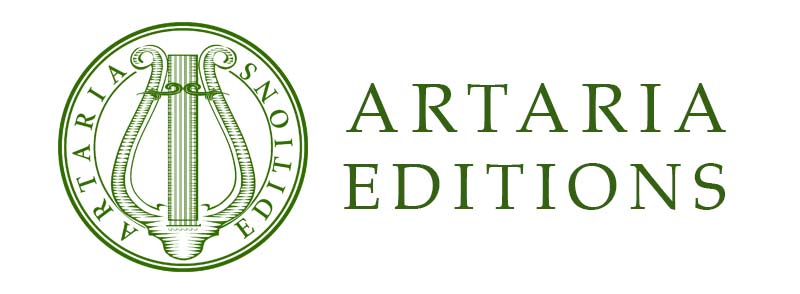




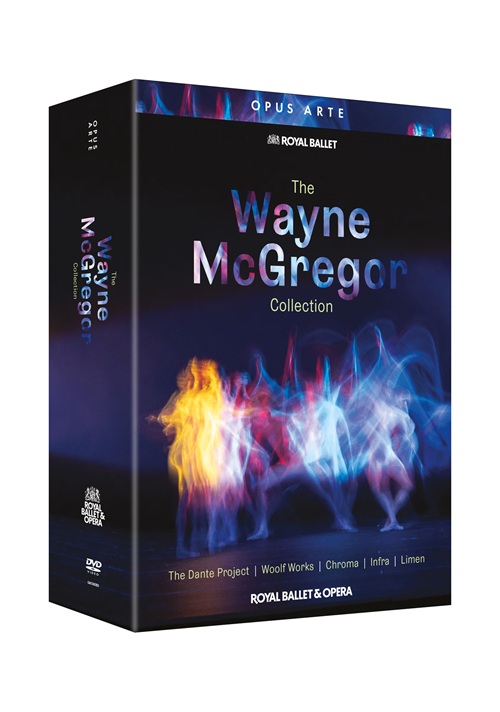
![TCHAIKOVSKY, P.I.: Swan Lake [Ballet] (Royal Ballet, 2024) TCHAIKOVSKY, P.I.: Swan Lake [Ballet] (Royal Ballet, 2024)](https://cdn.naxos.com/sharedfiles/images/cds/hires/OA1389D.jpg)
![TCHAIKOVSKY, P.I.: Swan Lake [Ballet] (Royal Ballet, 2024) TCHAIKOVSKY, P.I.: Swan Lake [Ballet] (Royal Ballet, 2024)](https://cdn.naxos.com/sharedfiles/images/cds/hires/OABD7326D.jpg)

![MINKUS, L.: Don Quixote [Ballet] (Royal Ballet, 2023) MINKUS, L.: Don Quixote [Ballet] (Royal Ballet, 2023)](https://cdn.naxos.com/sharedfiles/images/cds/hires/OA1320D.jpg)
![MINKUS, L.: Don Quixote [Ballet] (Royal Ballet, 2023) MINKUS, L.: Don Quixote [Ballet] (Royal Ballet, 2023)](https://cdn.naxos.com/sharedfiles/images/cds/hires/OABD7279D.jpg)
![PUCCINI, G.: Madama Butterfly [Opera] (Royal Opera House, 2024) PUCCINI, G.: Madama Butterfly [Opera] (Royal Opera House, 2024)](https://cdn.naxos.com/sharedfiles/images/cds/hires/OA1391D.jpg)
![PUCCINI, G.: Madama Butterfly [Opera] (Royal Opera House, 2024) PUCCINI, G.: Madama Butterfly [Opera] (Royal Opera House, 2024)](https://cdn.naxos.com/sharedfiles/images/cds/hires/OABD7328D.jpg)
![MACMILLAN, K.: Histoire de Manon (L’) [Ballet] (Royal Ballet, 2024) MACMILLAN, K.: Histoire de Manon (L’) [Ballet] (Royal Ballet, 2024)](https://cdn.naxos.com/sharedfiles/images/cds/hires/OA1390D.jpg)
![MACMILLAN, K.: Histoire de Manon (L’) [Ballet] (Royal Ballet, 2024) MACMILLAN, K.: Histoire de Manon (L’) [Ballet] (Royal Ballet, 2024)](https://cdn.naxos.com/sharedfiles/images/cds/hires/OABD7327D.jpg)
![DONIZETTI, G.: Elisir d’amore (L’) [Opera] (Royal Opera House, 2023) DONIZETTI, G.: Elisir d’amore (L’) [Opera] (Royal Opera House, 2023)](https://cdn.naxos.com/sharedfiles/images/cds/hires/OA1385D.jpg)
![DONIZETTI, G.: Elisir d’amore (L’) [Opera] (Royal Opera House, 2023) DONIZETTI, G.: Elisir d’amore (L’) [Opera] (Royal Opera House, 2023)](https://cdn.naxos.com/sharedfiles/images/cds/hires/OABD7323D.jpg)
![VERDI, G.: Aida [Opera] (Royal Opera House, 2022) VERDI, G.: Aida [Opera] (Royal Opera House, 2022)](https://cdn.naxos.com/sharedfiles/images/cds/hires/OA1383D.jpg)
![VERDI, G.: Aida [Opera] (Royal Opera House, 2022) VERDI, G.: Aida [Opera] (Royal Opera House, 2022)](https://cdn.naxos.com/sharedfiles/images/cds/hires/OABD7321D.jpg)
![DVOŘÁK, A.: Rusalka [Opera] (Royal Opera House, 2023) DVOŘÁK, A.: Rusalka [Opera] (Royal Opera House, 2023)](https://cdn.naxos.com/sharedfiles/images/cds/hires/OA1384D.jpg)
![DVOŘÁK, A.: Rusalka [Opera] (Royal Opera House, 2023) DVOŘÁK, A.: Rusalka [Opera] (Royal Opera House, 2023)](https://cdn.naxos.com/sharedfiles/images/cds/hires/OABD7322D.jpg)
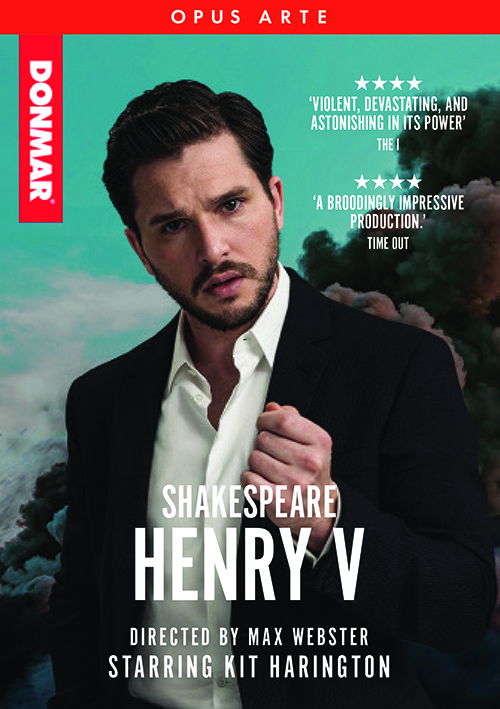
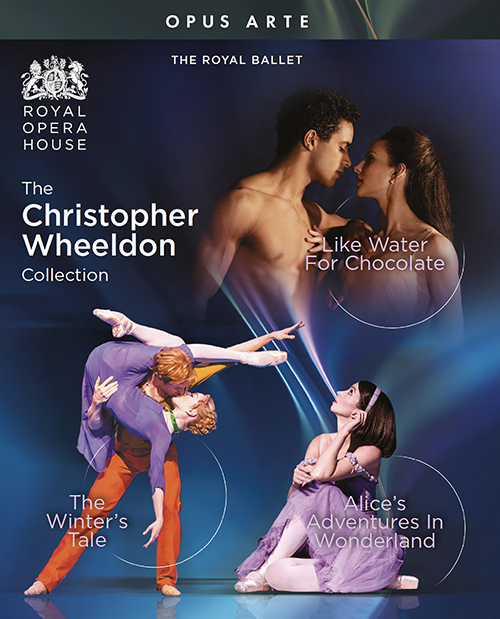
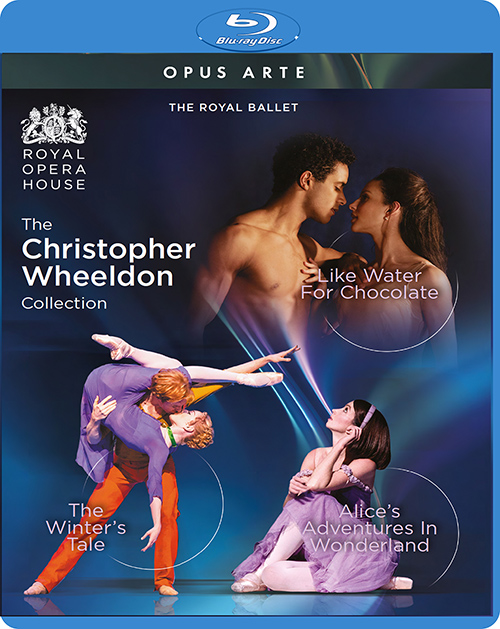
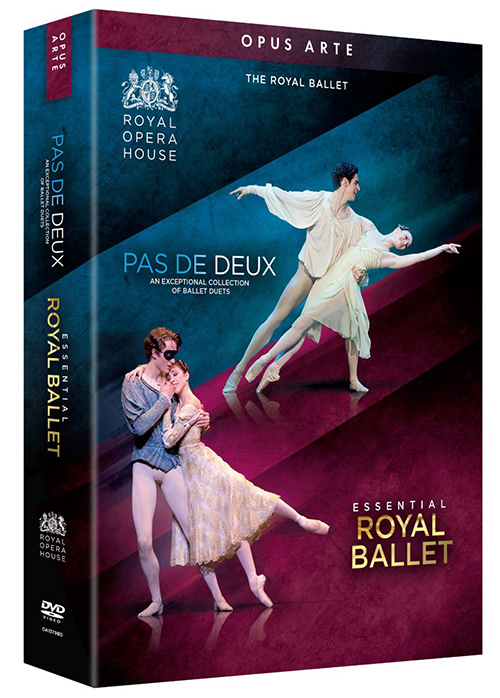

![SAINT-SAËNS, C.: Samson et Dalila [Opera] (Royal Opera House, 2022) SAINT-SAËNS, C.: Samson et Dalila [Opera] (Royal Opera House, 2022)](https://cdn.naxos.com/sharedfiles/images/cds/hires/OA1371D.jpg)
![SAINT-SAËNS, C.: Samson et Dalila [Opera] (Royal Opera House, 2022) SAINT-SAËNS, C.: Samson et Dalila [Opera] (Royal Opera House, 2022)](https://cdn.naxos.com/sharedfiles/images/cds/hires/OABD7315D.jpg)

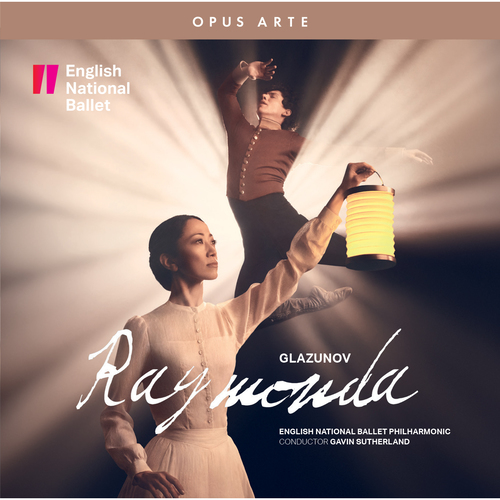
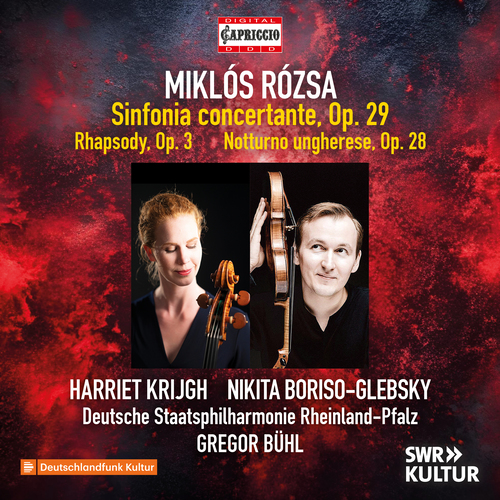

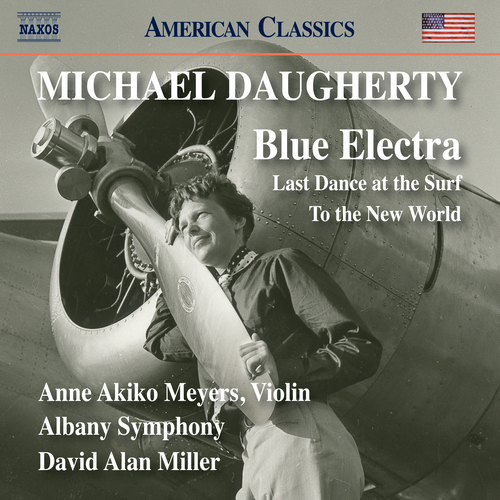
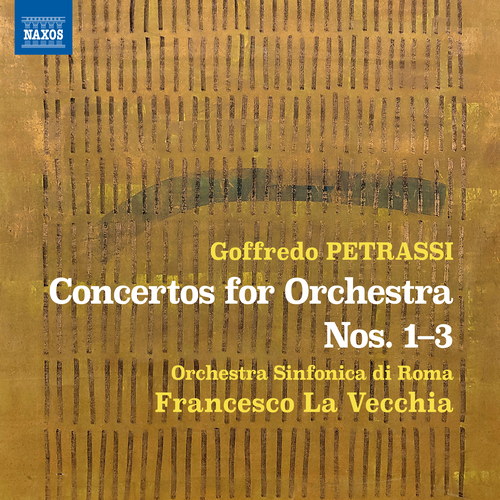
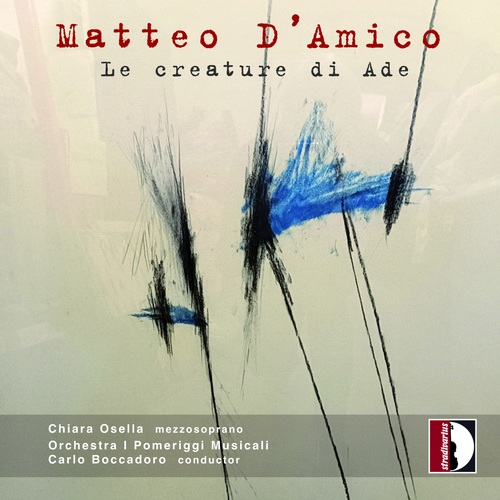


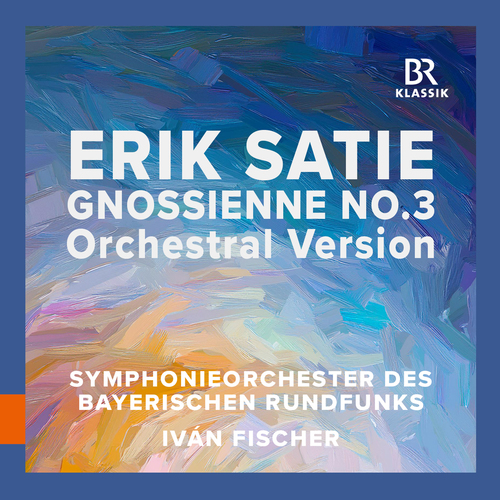
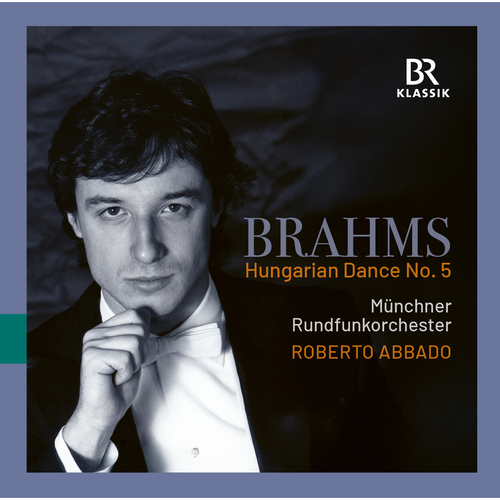
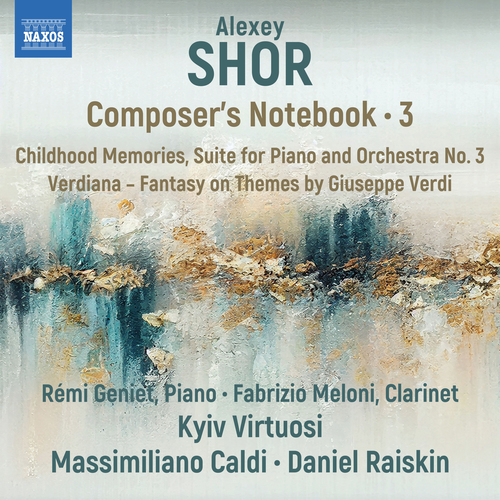
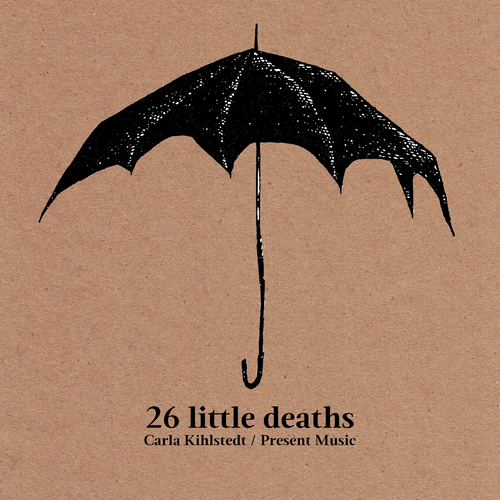
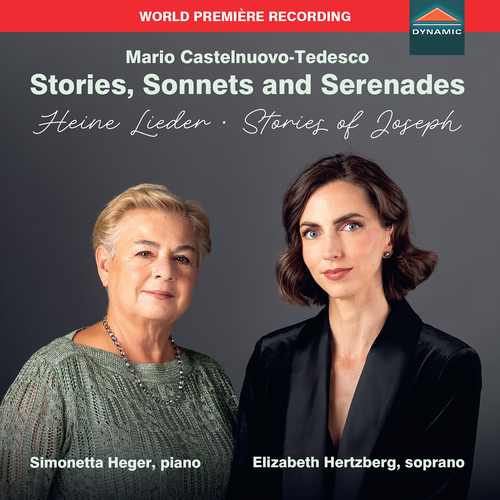
![HANDEL, G.F.: La Resurrezione [Oratorio] HANDEL, G.F.: La Resurrezione [Oratorio]](https://cdn.naxos.com/sharedfiles/images/cds/hires/8.574624-25.jpg)
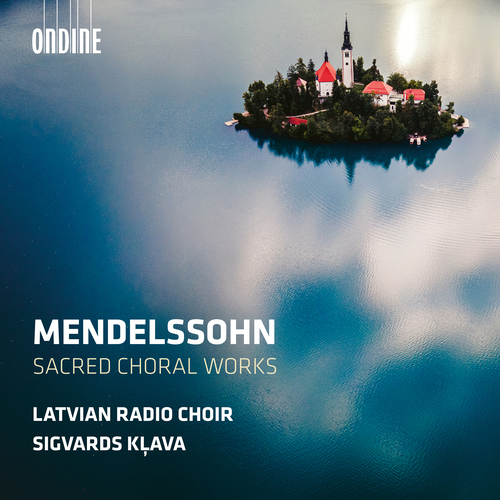
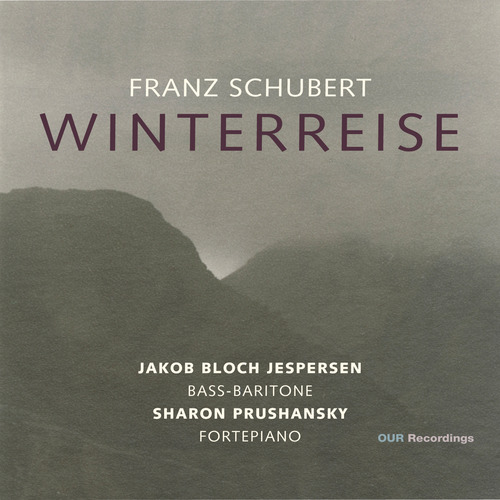
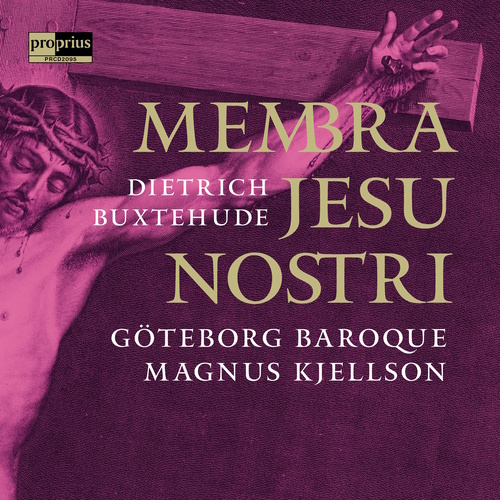
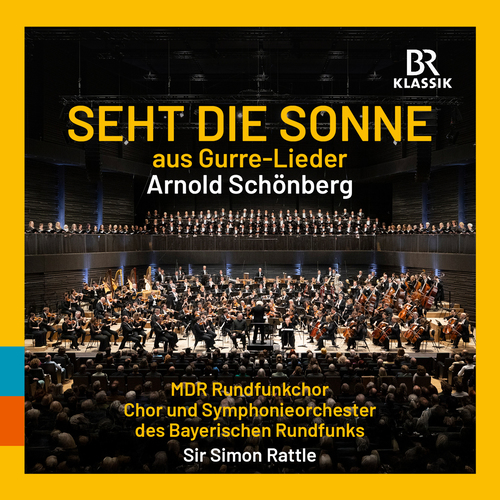
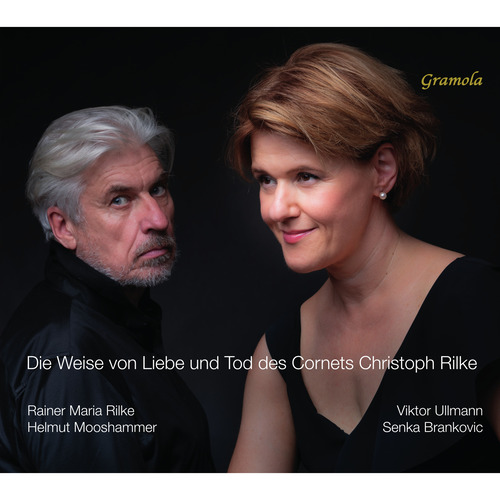
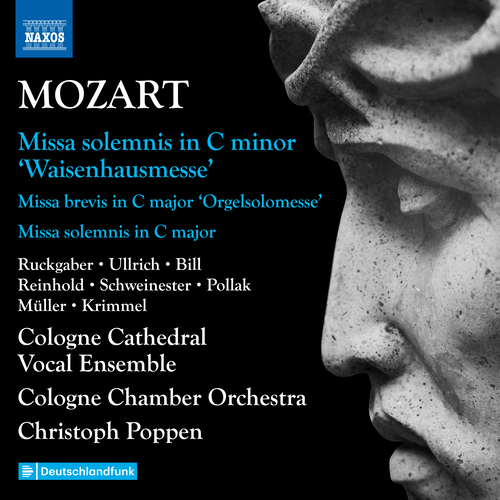
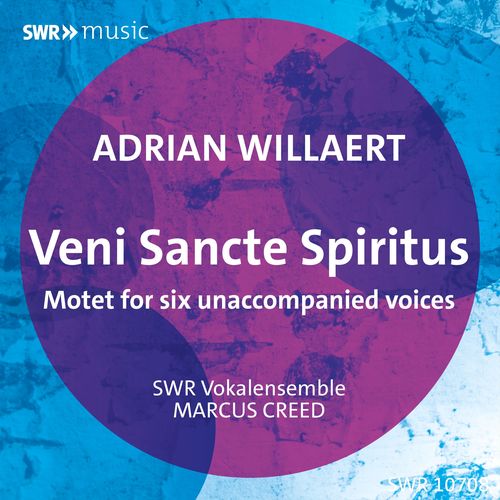
![PUCCINI, G.: Le Villi [Opera] PUCCINI, G.: Le Villi [Opera]](https://cdn.naxos.com/sharedfiles/images/cds/hires/900359.jpg)
![HUANG, Ruo: Book of Mountains and Seas [Opera] HUANG, Ruo: Book of Mountains and Seas [Opera]](https://cdn.naxos.com/sharedfiles/images/cds/hires/9.70371.jpg)

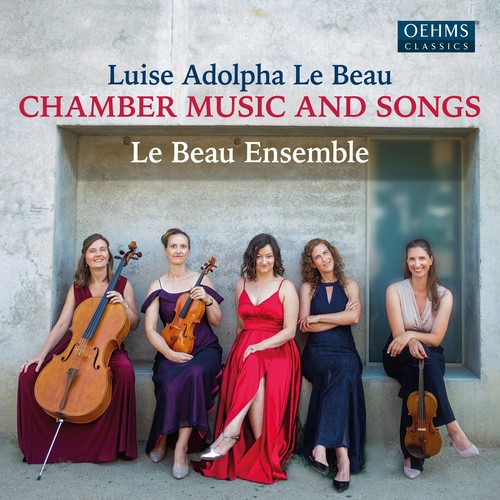
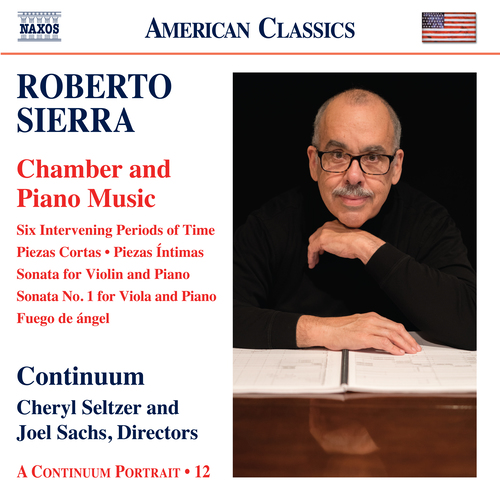
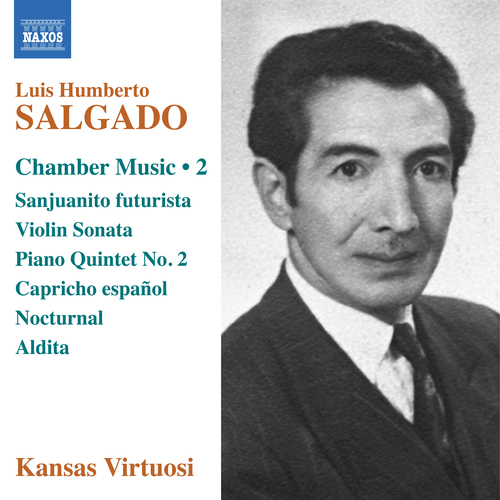






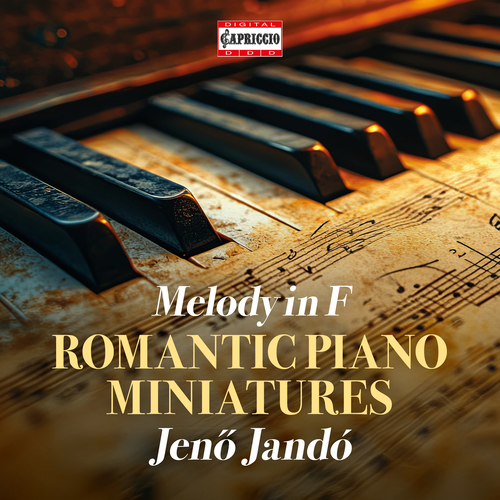

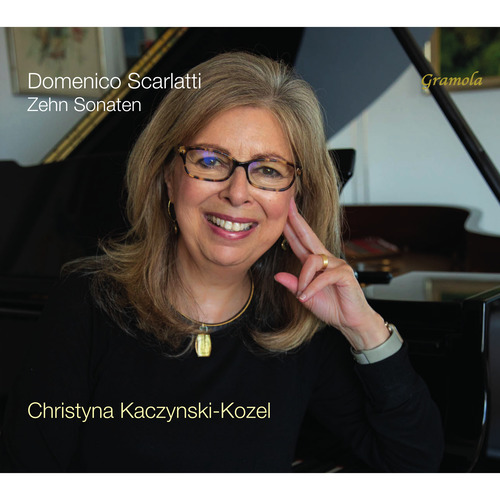
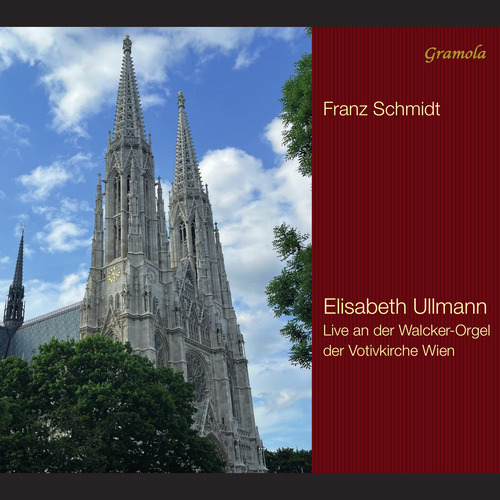
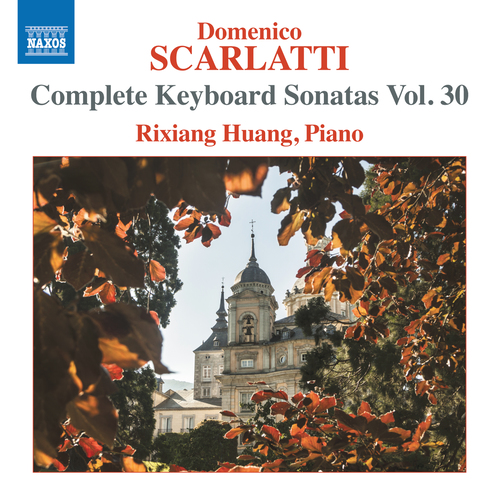

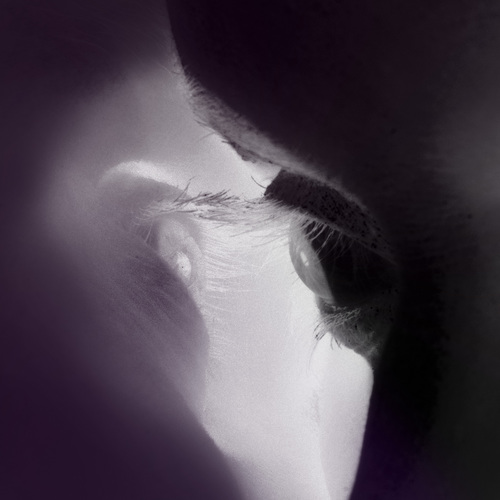
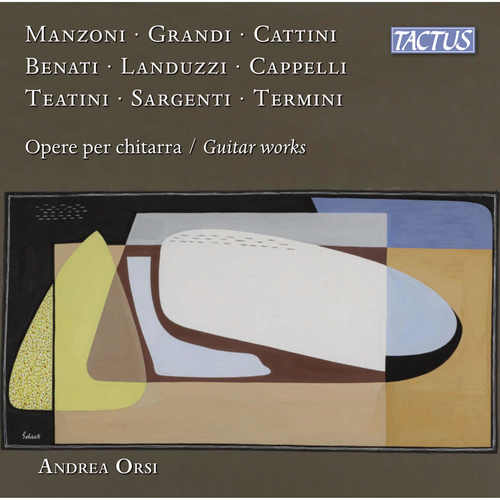
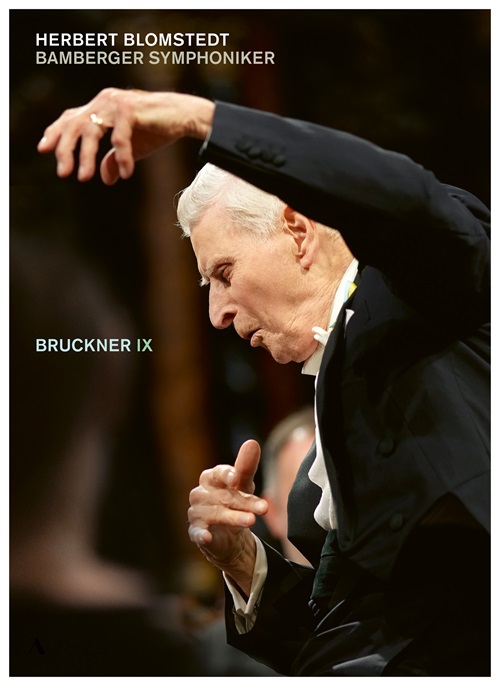
![VERDI, G.: Un Ballo in maschera [Opera] (Liceu, 2017) VERDI, G.: Un Ballo in maschera [Opera] (Liceu, 2017)](https://cdn.naxos.com/sharedfiles/images/cds/hires/766708.jpg)
![VIVALDI, A.: Il Tamerlano, ‘Il Bajazet’ [Opera] (La Fenice, 2024) VIVALDI, A.: Il Tamerlano, ‘Il Bajazet’ [Opera] (La Fenice, 2024)](https://cdn.naxos.com/sharedfiles/images/cds/hires/DYN-38056.jpg)
